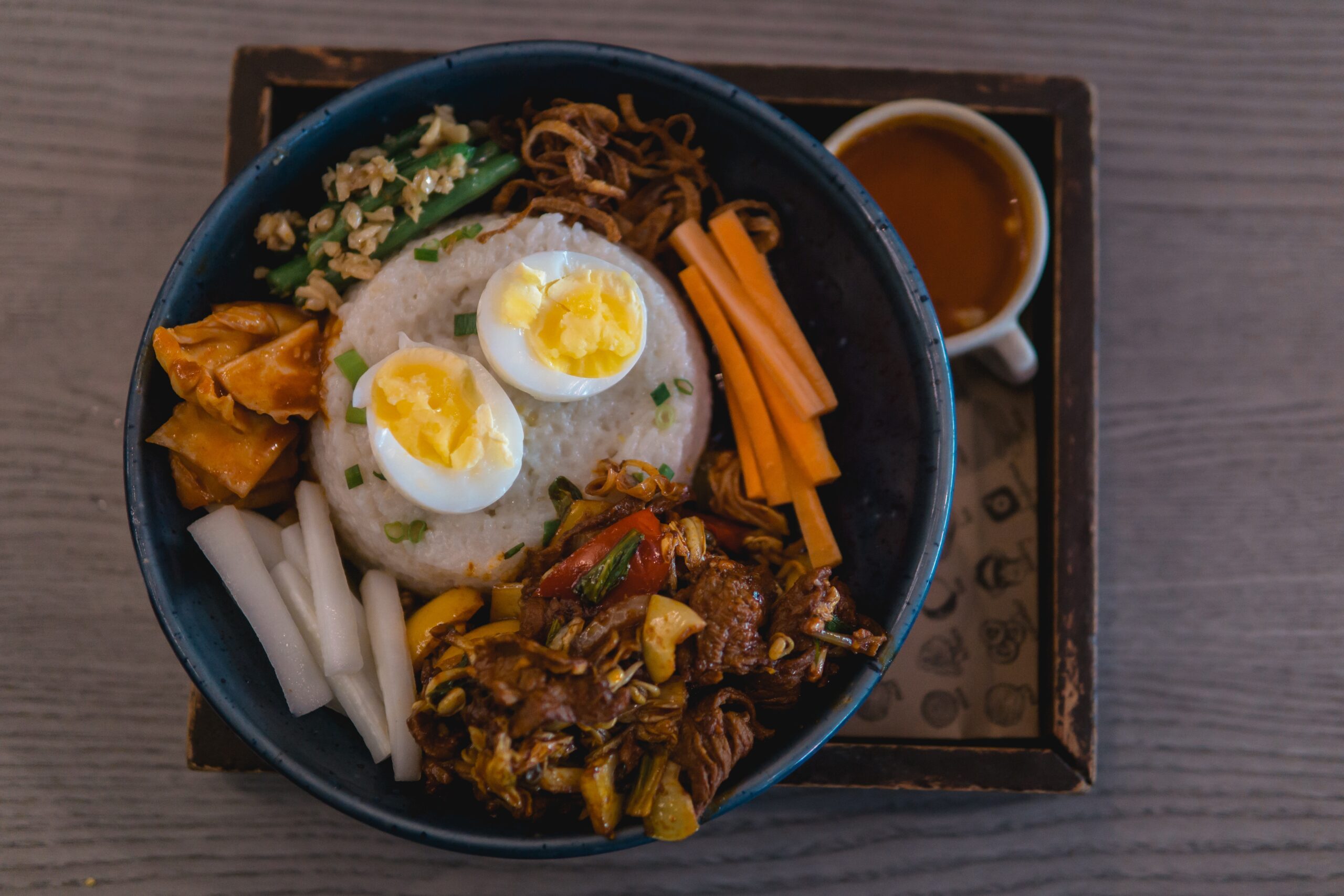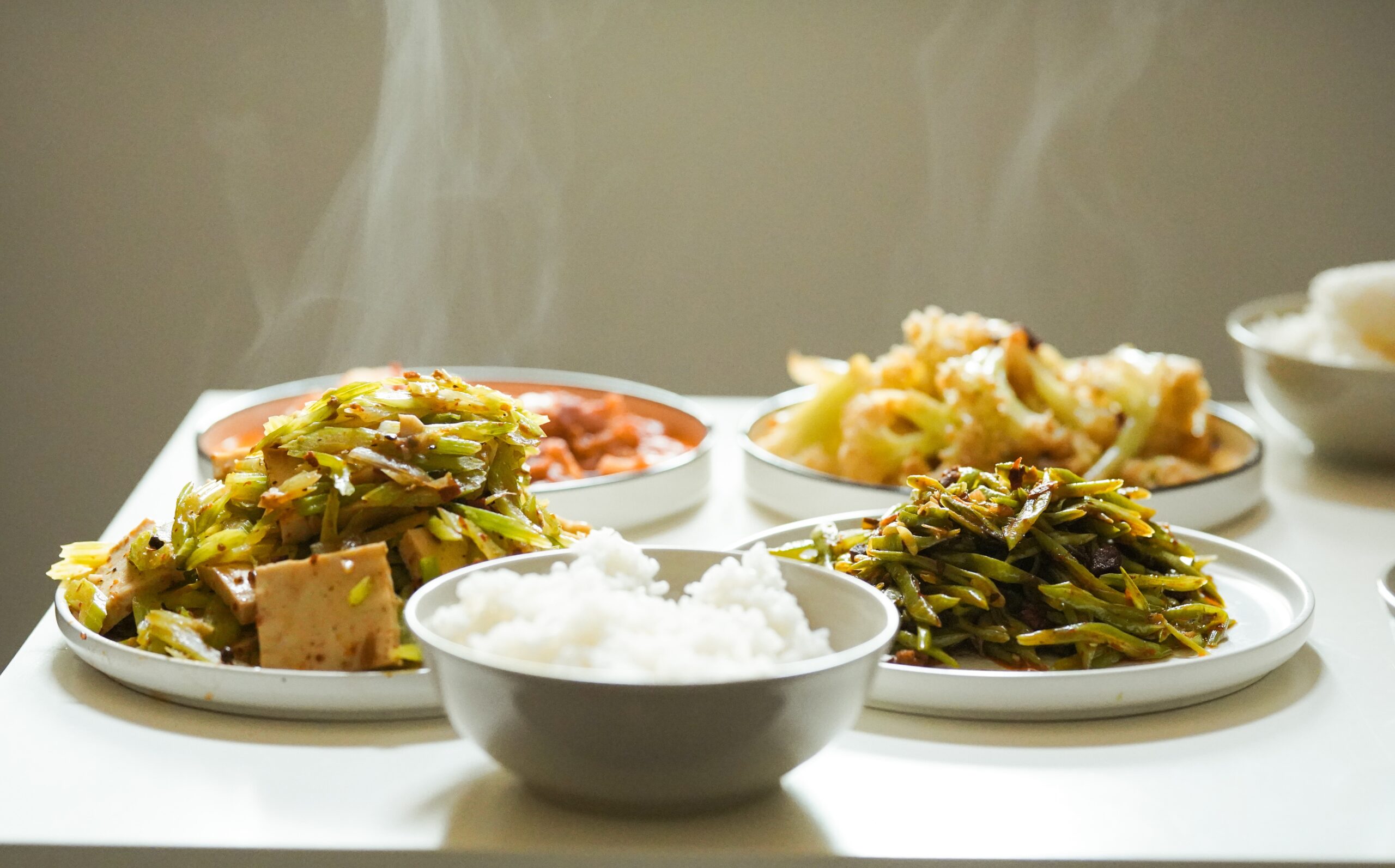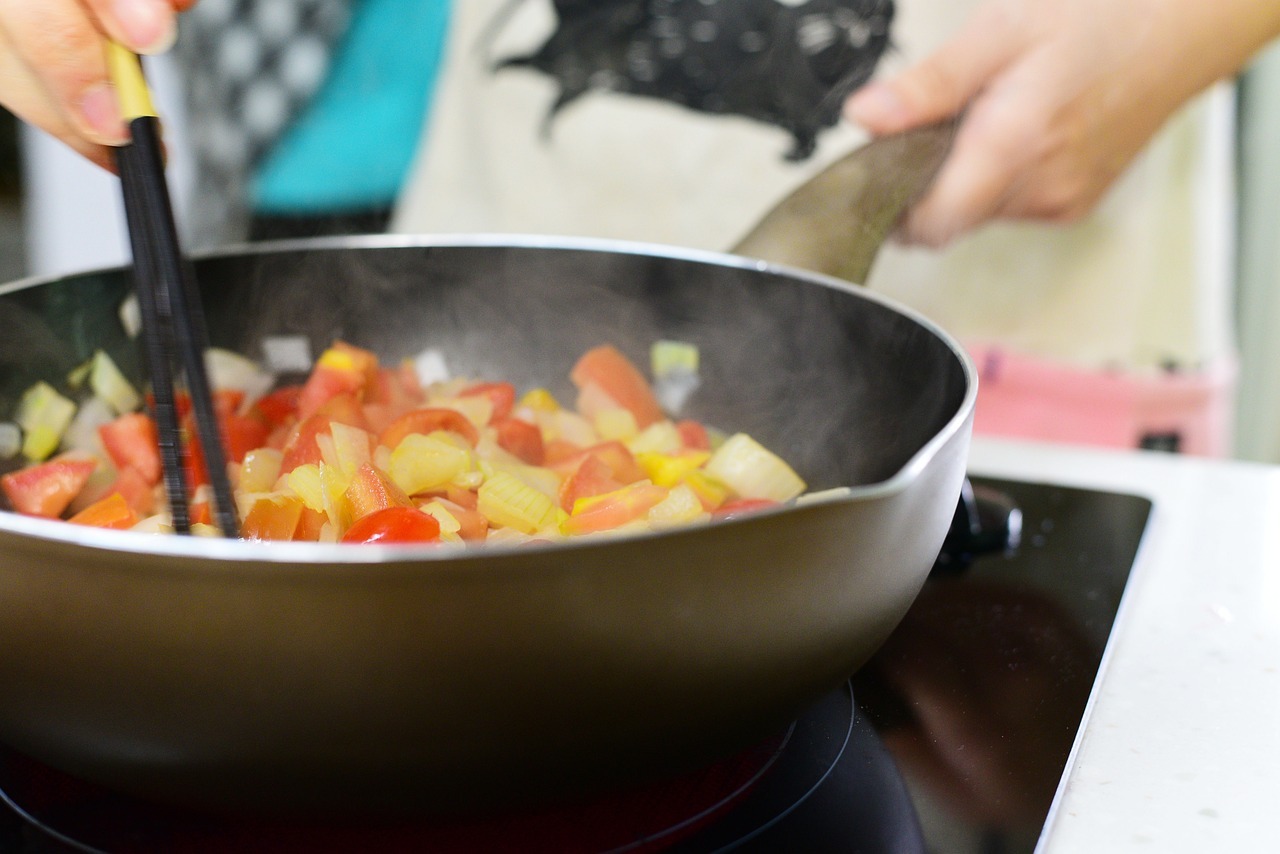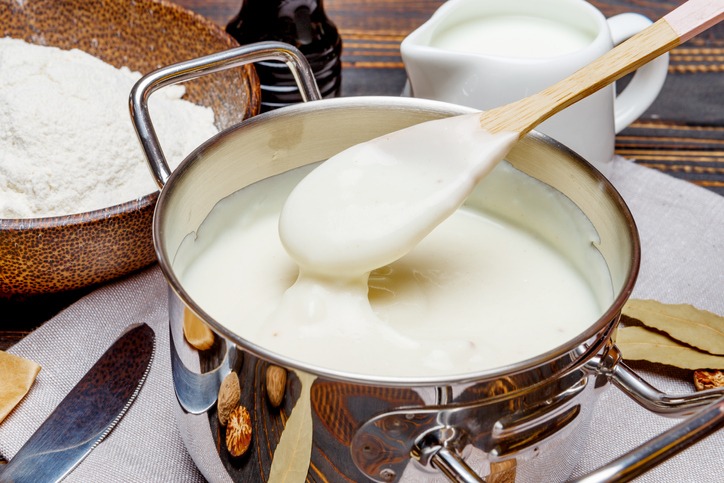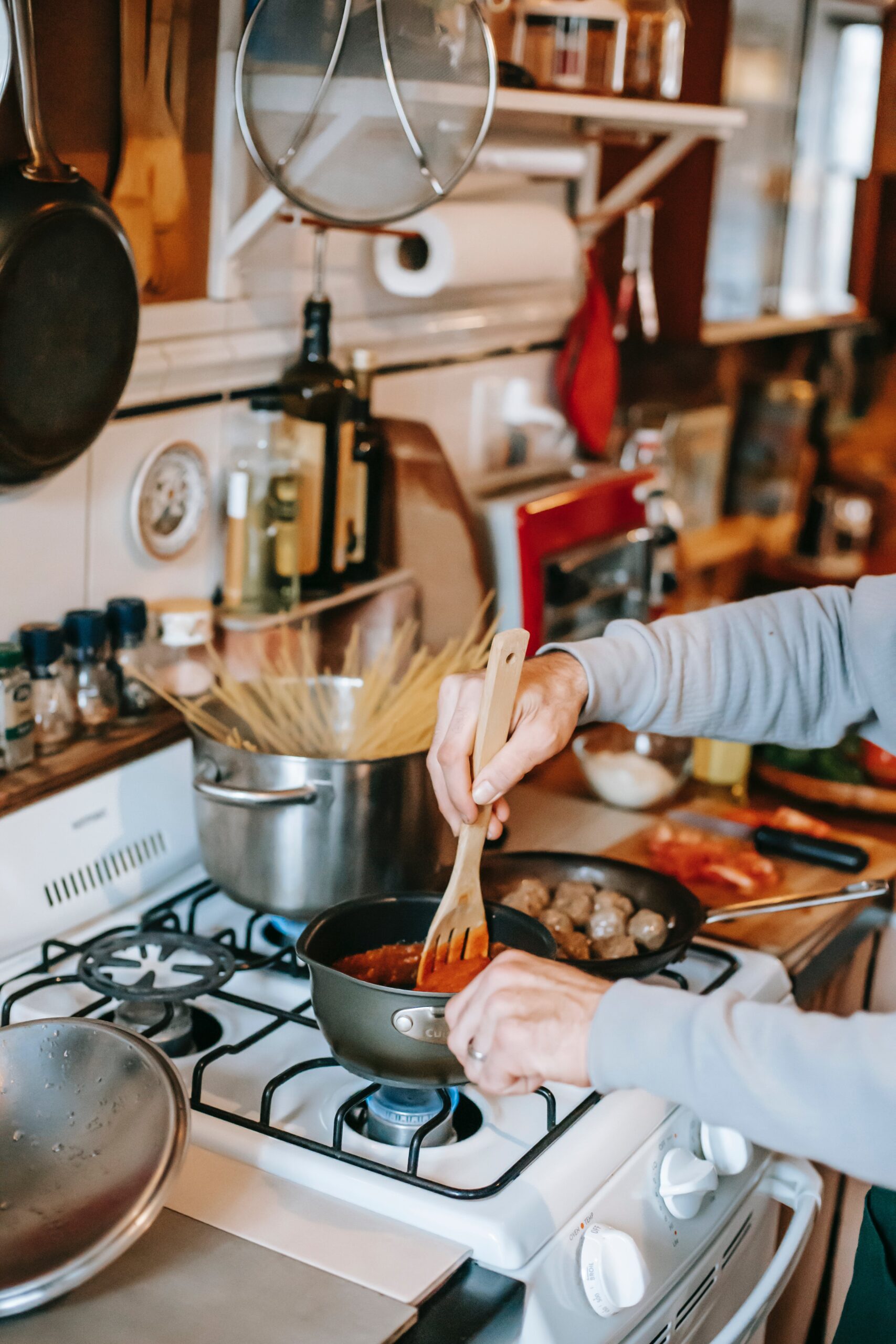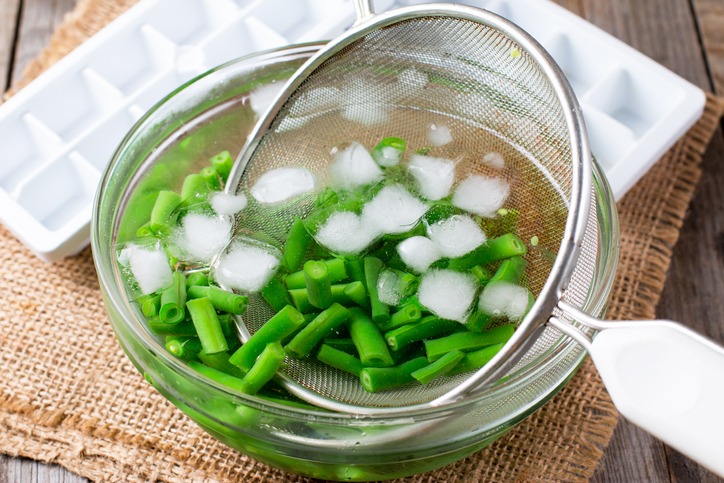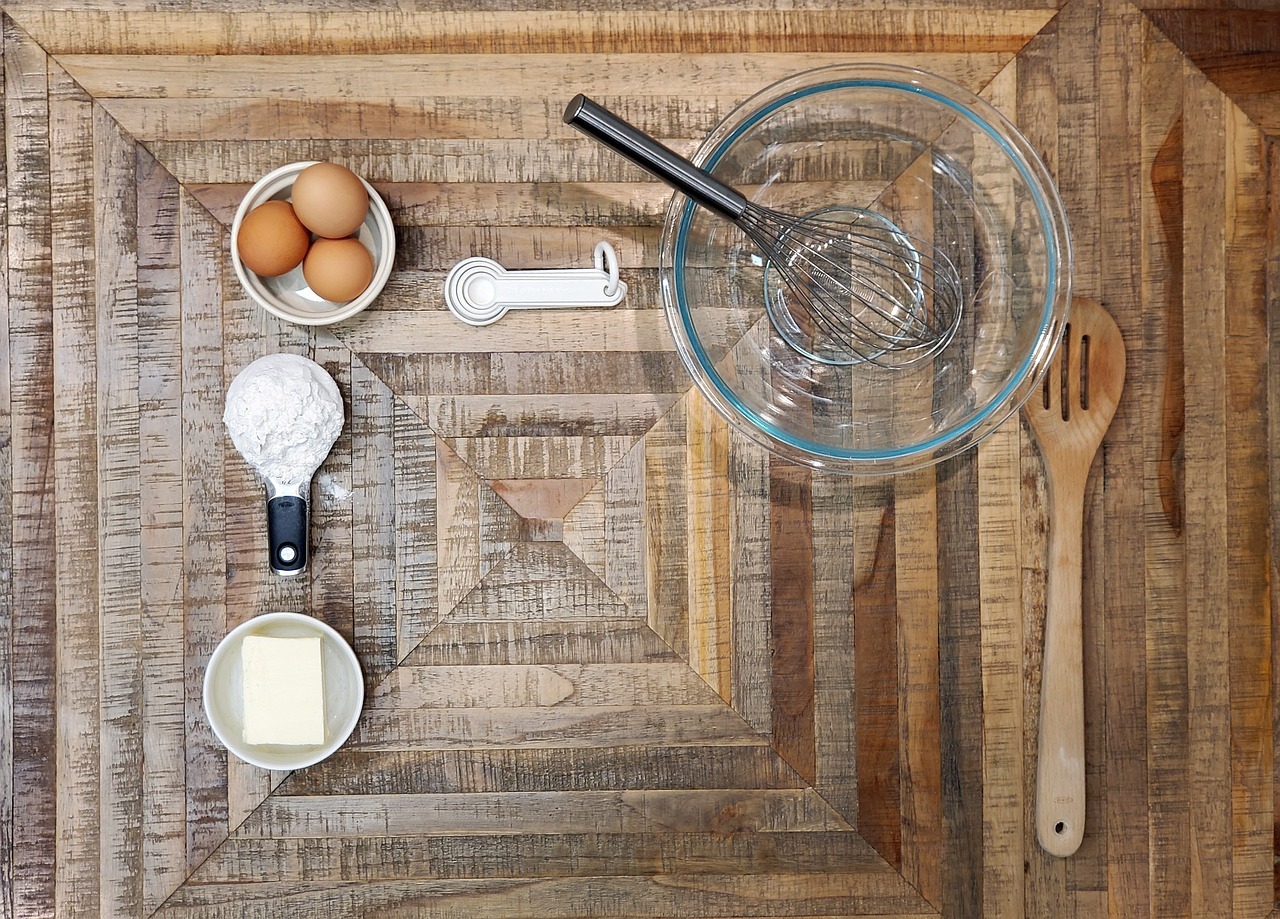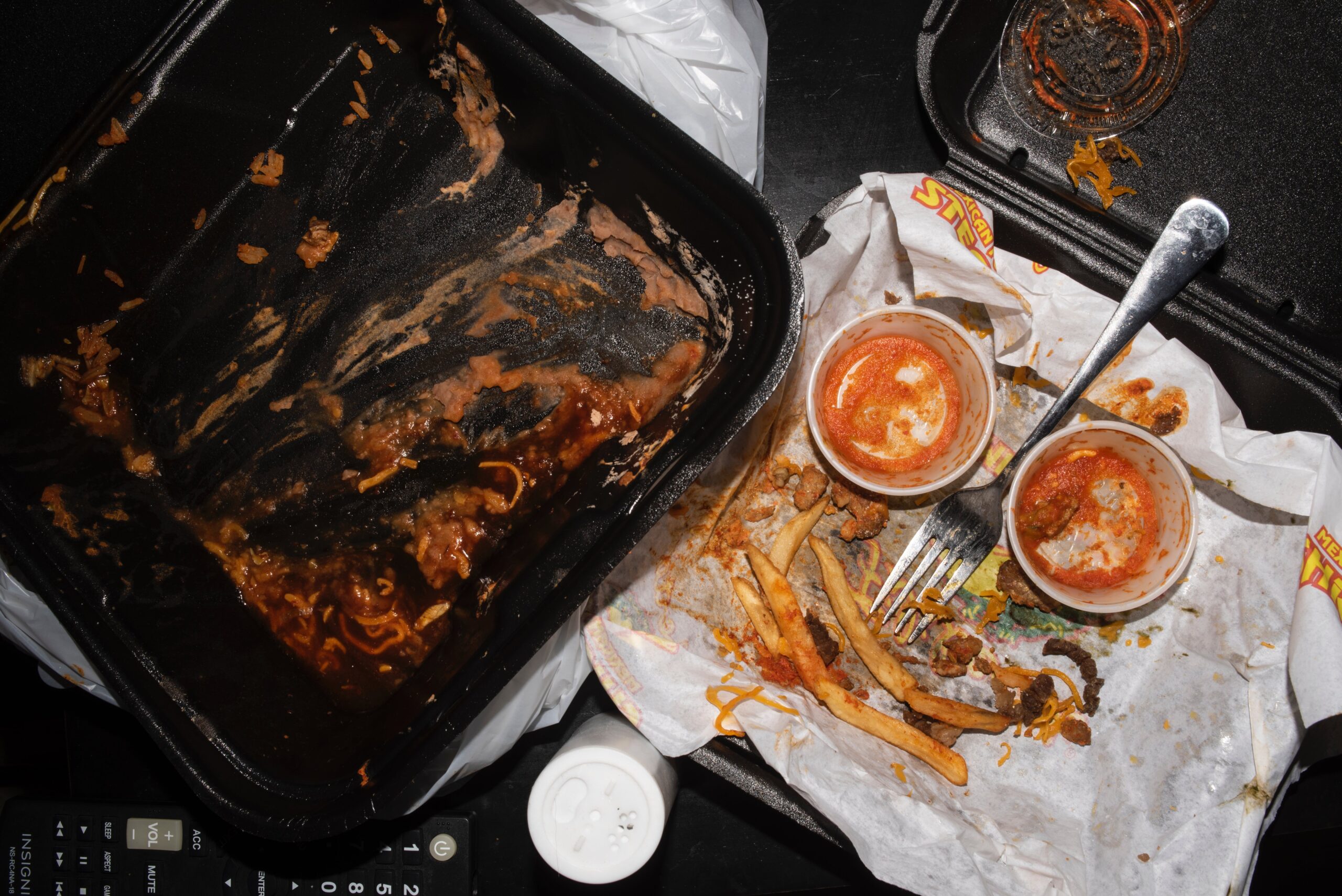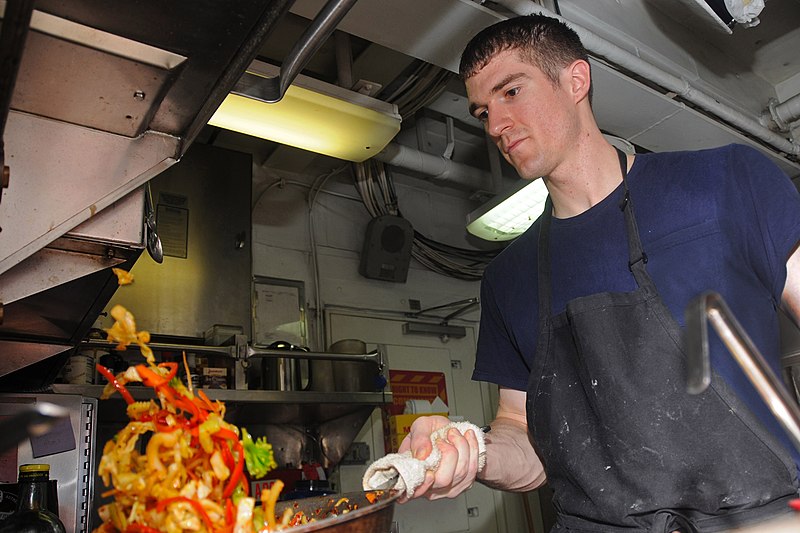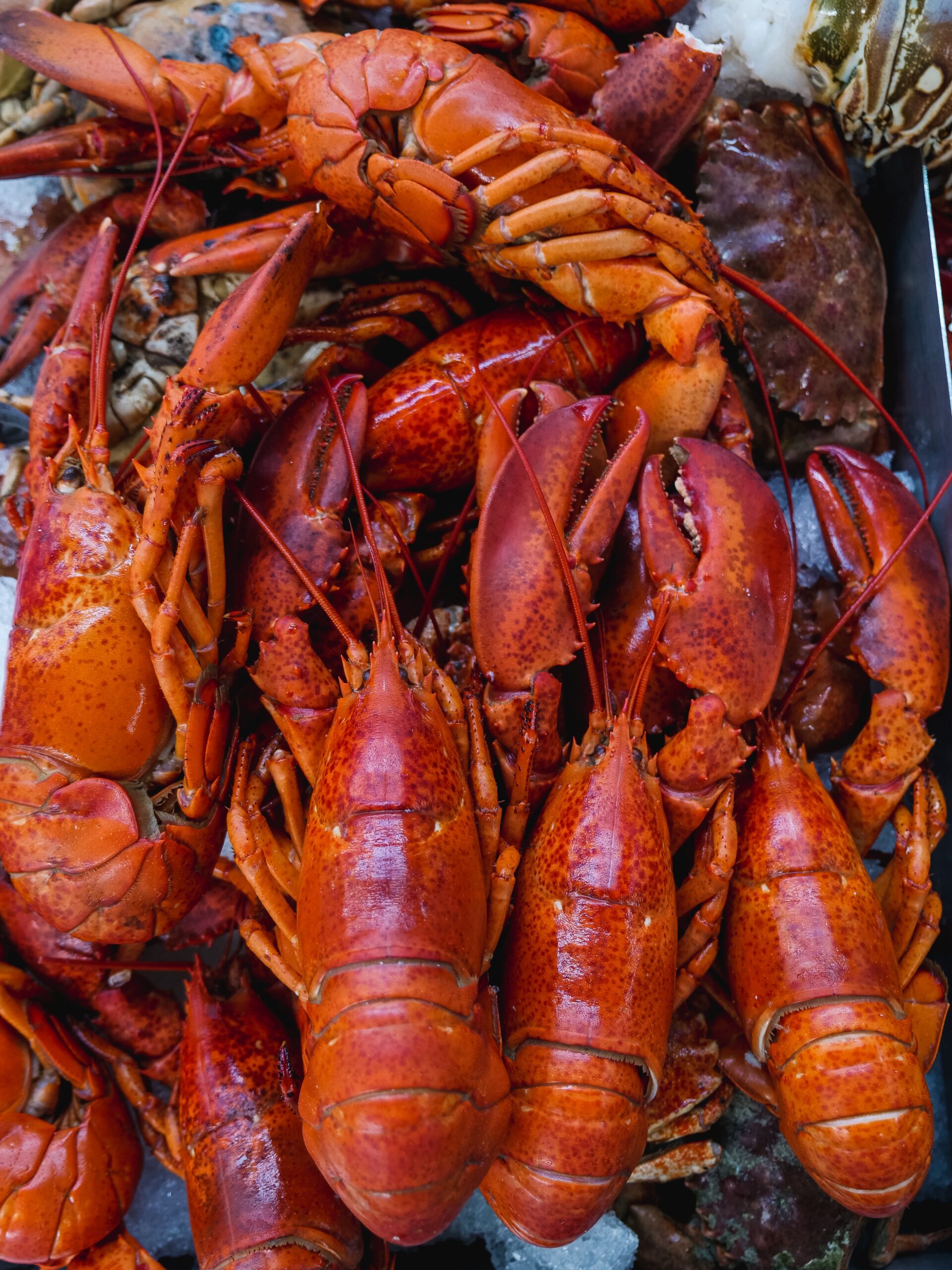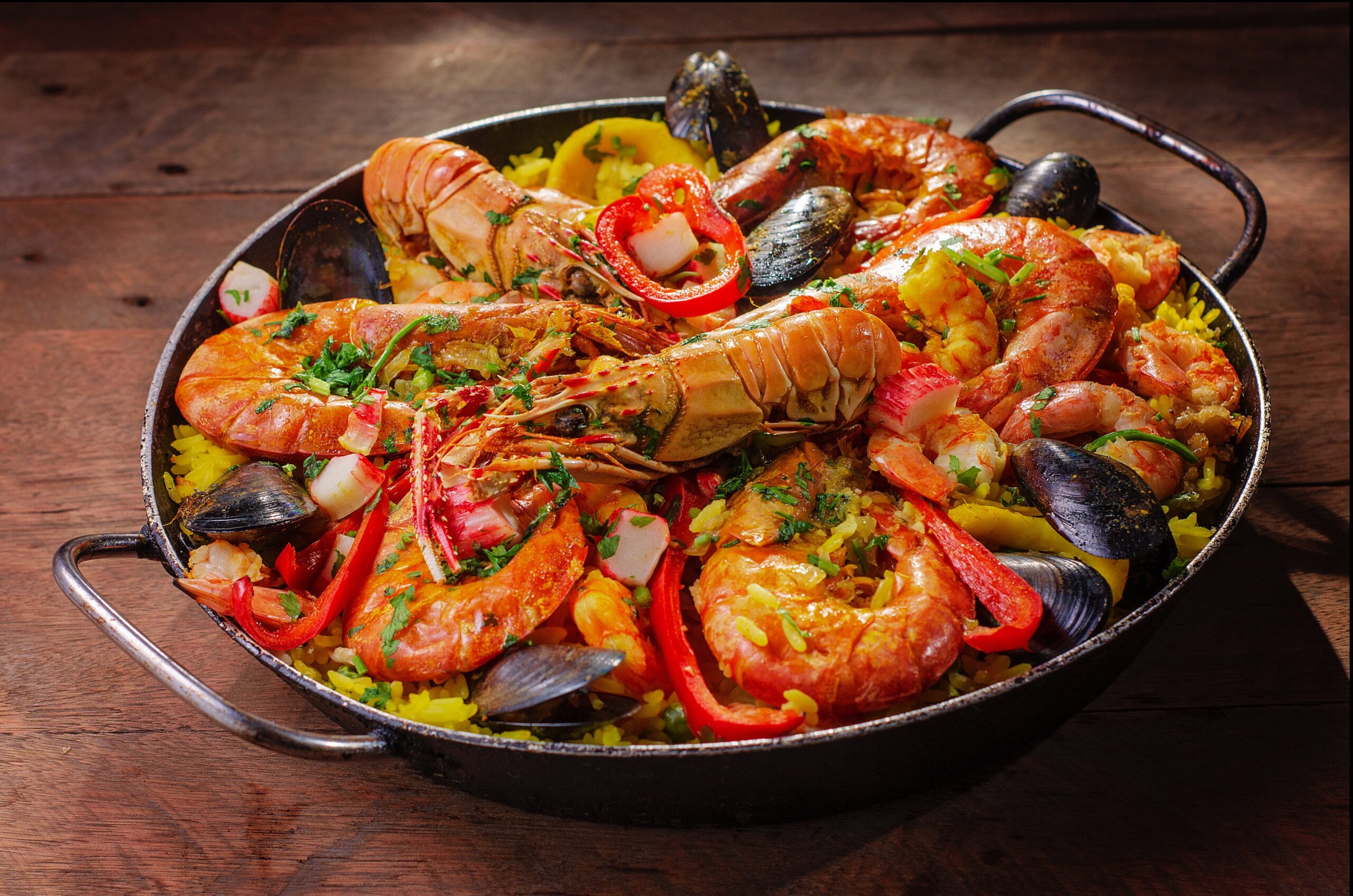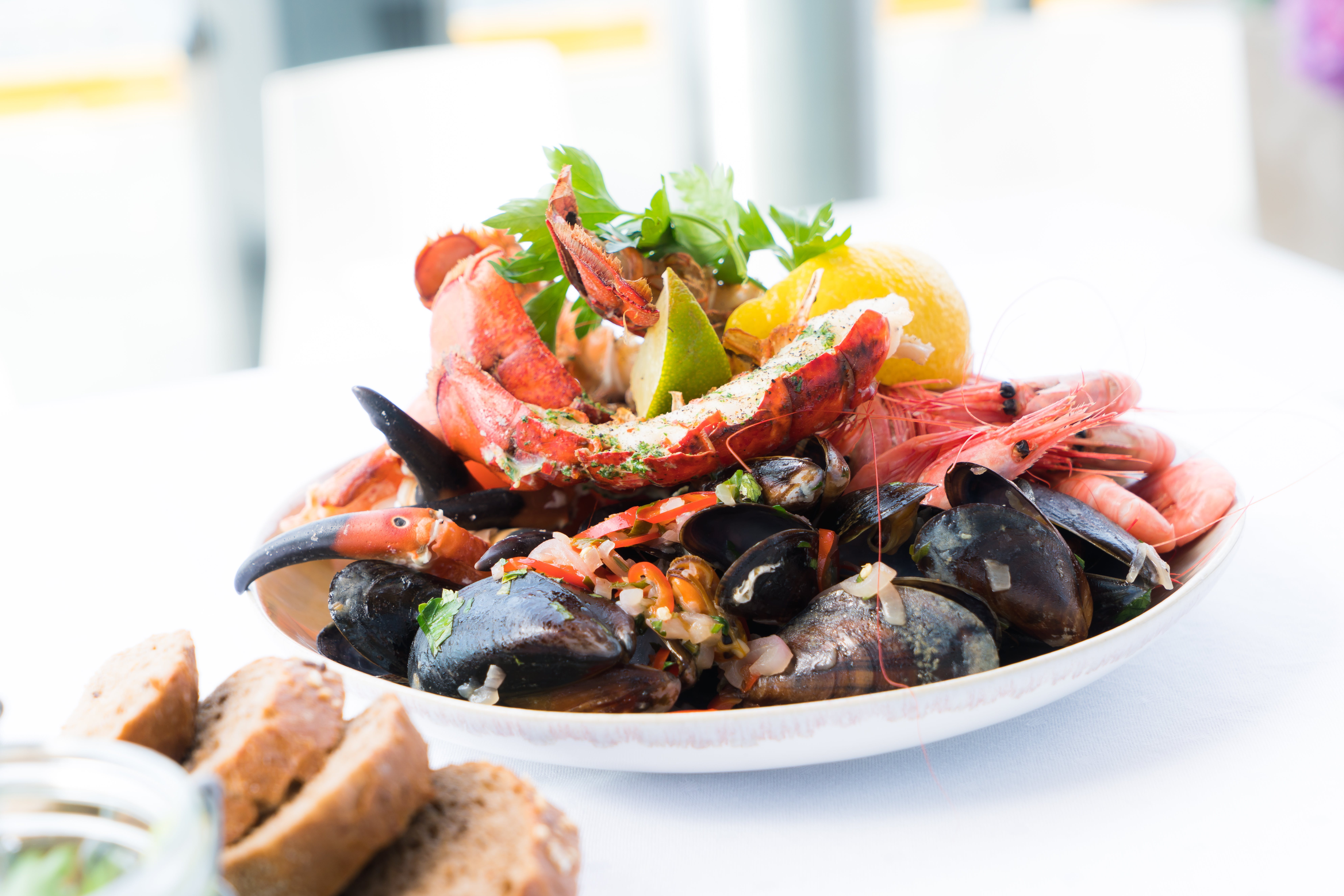Learn More About the Korean Dish Bibimbap
Bibimbap is a traditional Korean dish consisting of rice combined with various meats and vegetables. As a result, the number of bibimbap restaurants in various parts of the globe has increased due to its increased popularity as a healthy dining option. There are many methods to enjoy this dish, including traditional bibimbap, … Read more
